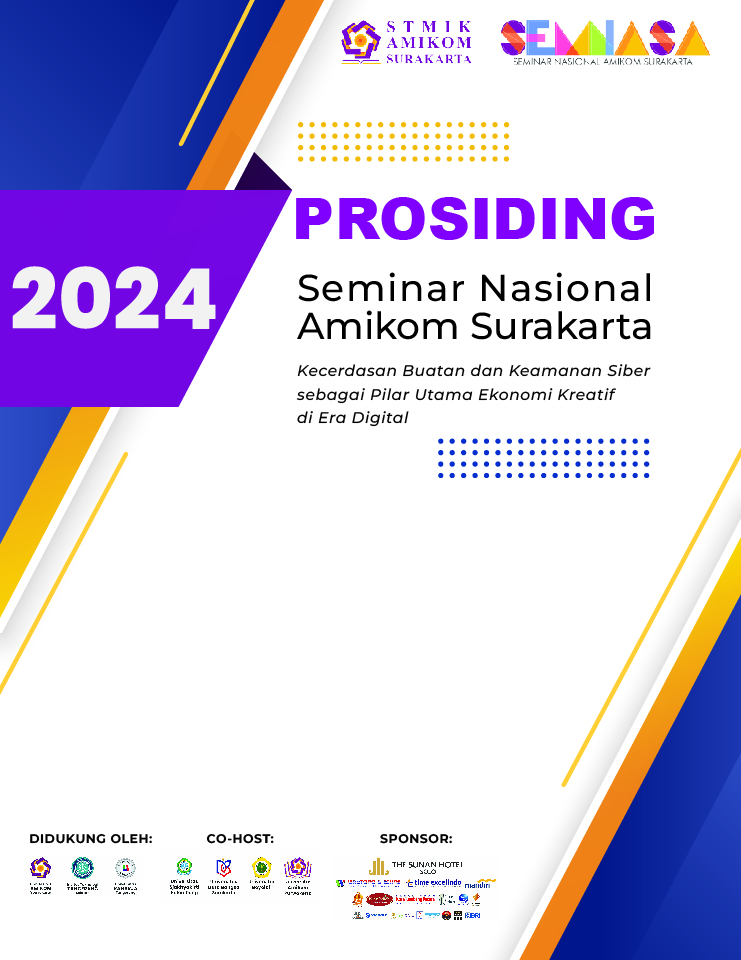Medical Image Analysis for Identification of Eye Diseases with Convolutional Neural Networks Technology
Keywords:
Eye diseases, CNN, medical image classification, , cataracts, glaucoma, diabetic retinopathy, transfer learning, data augmentation, eye fundus, artificial intelligence (AI).Abstract
Eye diseases such as cataracts, glaucoma, and diabetic retinopathy are the main
causes of vision impairment that can lead to blindness if not detected and treated early.
The diagnosis of eye diseases traditionally requires a direct examination by an
ophthalmologist, which is manual and time-consuming. Along with the development of
artificial intelligence (AI) and machine learning (Machine Learning) technology, medical
image-based methods, especially Convolutional Neural Networks (CNNs), have proven
effective in detecting and classifying eye diseases automatically. CNNs have the ability to
extract important features from medical images and recognize the visual patterns that are
characteristic of different types of eye diseases. This study aims to develop and evaluate a
CNN model that can classify eye diseases based on fundus imagery. We use several CNN
architectures that have proven effective in image classification tasks, such as DeseNet,
ResNet, and MobileNet, and apply data transfer learning and augmentation techniques to
improve model accuracy on limited datasets. The dataset used in this study included
images of the fundus of the eye containing several types of eye diseases, including
cataracts, glaucoma, and diabetic retinopathy. The ResNet50 architecture, with a learning
rate of 0.01, demonstrated superior performance in the classification of eye diseases,
including cataracts, glaucoma, and diabetic retinopathy, with an accuracy of 92.27%.
Compared to other architectures such as MobileNet and DeseNet, ResNet50 excels in
accuracy and stability. This CNN technology enables automatic detection of eye diseases,
accelerates early diagnosis and supports clinical decision-making, which is crucial to
prevent blindness due to delayed diagnosis.
Downloads
Published
Issue
Section
License
Copyright (c) 2024 Prosiding Seminar Nasional Amikom Surakarta

This work is licensed under a Creative Commons Attribution 4.0 International License.




